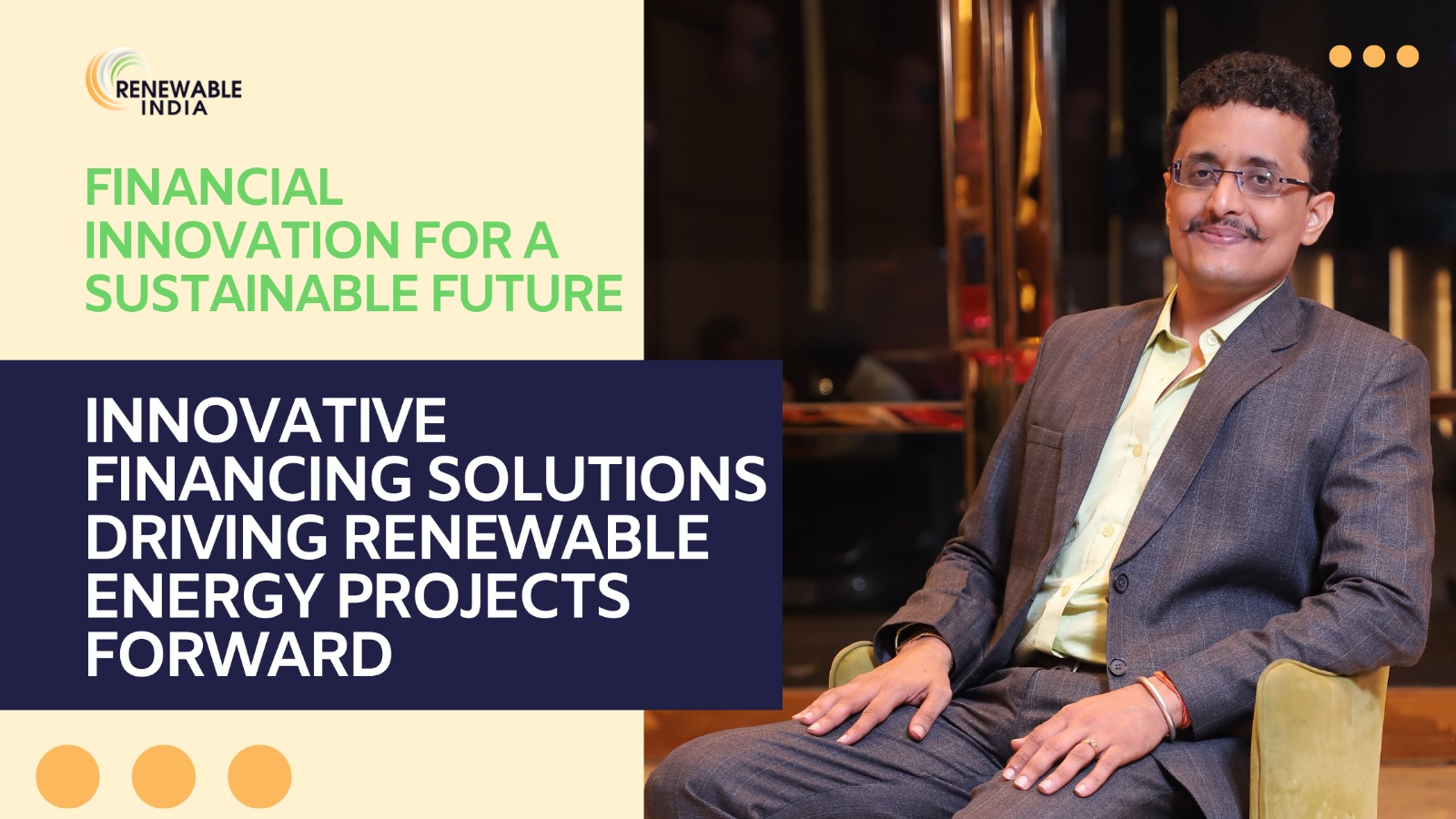
Authored by: Dr Kabir sharma, Assistant Professor, UPES ON
According to the International Energy Agency (IEA), green energy will constitute 95% of total global energy expansion by 2026. Further, renewable energy addition between 2021 and 2026 will almost double the capacity addition that happened globally between 2015 and 2020. To power such a fast expansion and capacity addition, the role of innovative financing models is becoming increasingly crucial. These financial approaches are unique and by innovatively redistributing risks among stakeholders, these models can prove to be game changers for capacity addition and completion of renewable energy projects. Here’s a close look at the list of such innovative financial models:
a) Margin Money Financing: In a traditional financing system, the downpayment made by the borrower is referred to as margin money. While most green energy projects have detailed repayment plans, they lack the means to pay for the upfront cost associated with conditions of financing projects. By offering margin money financing, a breakthrough can be achieved by increasing the development and completion rate of renewable energy projects. In many parts of the world, governments are also offering subsidies on margin money and the measure is proving extremely successful in boosting the prospects of renewable energy projects globally.
b) Business-in-a-Box: Especially relevant for microentrepreneurs, this Business-in-a-Box philosophy offers specific solutions aligned with the need for portable projects of green energy. Here both lender and borrower sit together which allows the latter to have a customised repayment plan aligned specifically with the revenue generation model of the green energy projects. The method is particularly significant for expanding small to medium green energy projects and can play a crucial role in capacity addition on the renewable front. The striking feature of the financial plan is the customisation feature that allows payment terms to be decided as per the specific business plan of the green energy projects.
c) Microgrid Expansion: Thanks to the rising demand for sustainable energy, Microgrids are expected to grow at a 16.4% CAGR by 2032. This presents an attractive opportunity for financers as aggregate demand can help attract large lenders to become part of green energy projects. Specifically, community microgrids are expanding their fanbase quite rapidly and by offering better financing, development, and completion prospects, these microgrids can help in the rapid expansion of green energy projects.
d) Distributed Finance: Counted among the popular methods, internet finance is a method to source money for green energy projects. The primary advantage of the method is that it allows borrowers to directly present their business ideas to investors, thereby circumventing the conventional lending practices of banks and financial institutions. Peer-to-peer lending is another popular method that allows individual investors and companies to directly invest in projects without an intermediary. Green energy projects can significantly benefit from these distributed finance methods as they offer high transparency, reduced transaction costs, and quick processing times.
e) On-bill Finance: The concept of on-bill finance is fast gaining popularity in the renewable energy space. It is an umbrella term under which the loan offered is amortised as a monthly charge on the bill. If the financing is done by the municipality, the loan can be recovered as a surcharge on the property taxes among others. This innovative financial model can be utilised in propagation of the green energy projects as it facilitates the arrangement of finances with easy innovative repayment techniques.
f) Microfinancing: Although the method of microfinancing is not a new financing technique, its application in advancing renewable energy projects can prove enormously beneficial. Especially in underdeveloped economies, microfinance schemes can power the expansion of green energy projects quite significantly. Agencies such as cooperative banks, community development organizations, and non-governmental organisations (NGOs) can offer microfinancing facilities and become instrumental in adding significantly to the capacity expansion of green energy.
Renewable energy projects are capable of playing an important role in combating climate change and fighting the life-threatening impacts of environmental pollution. The investment required to generate green energy is at par with conventional sources and by using the financial model discussed above, the development, growth, and completion of renewable energy projects can be enhanced significantly. Furthermore, policymakers should strive to develop a green financial ecosystem with special emphasis on adopting innovative models for financing renewable energy projects.
Ministry of New and Renewable Energy Supports SAFDE Event Showcasing Solar Rooftop Success
Leave a Reply